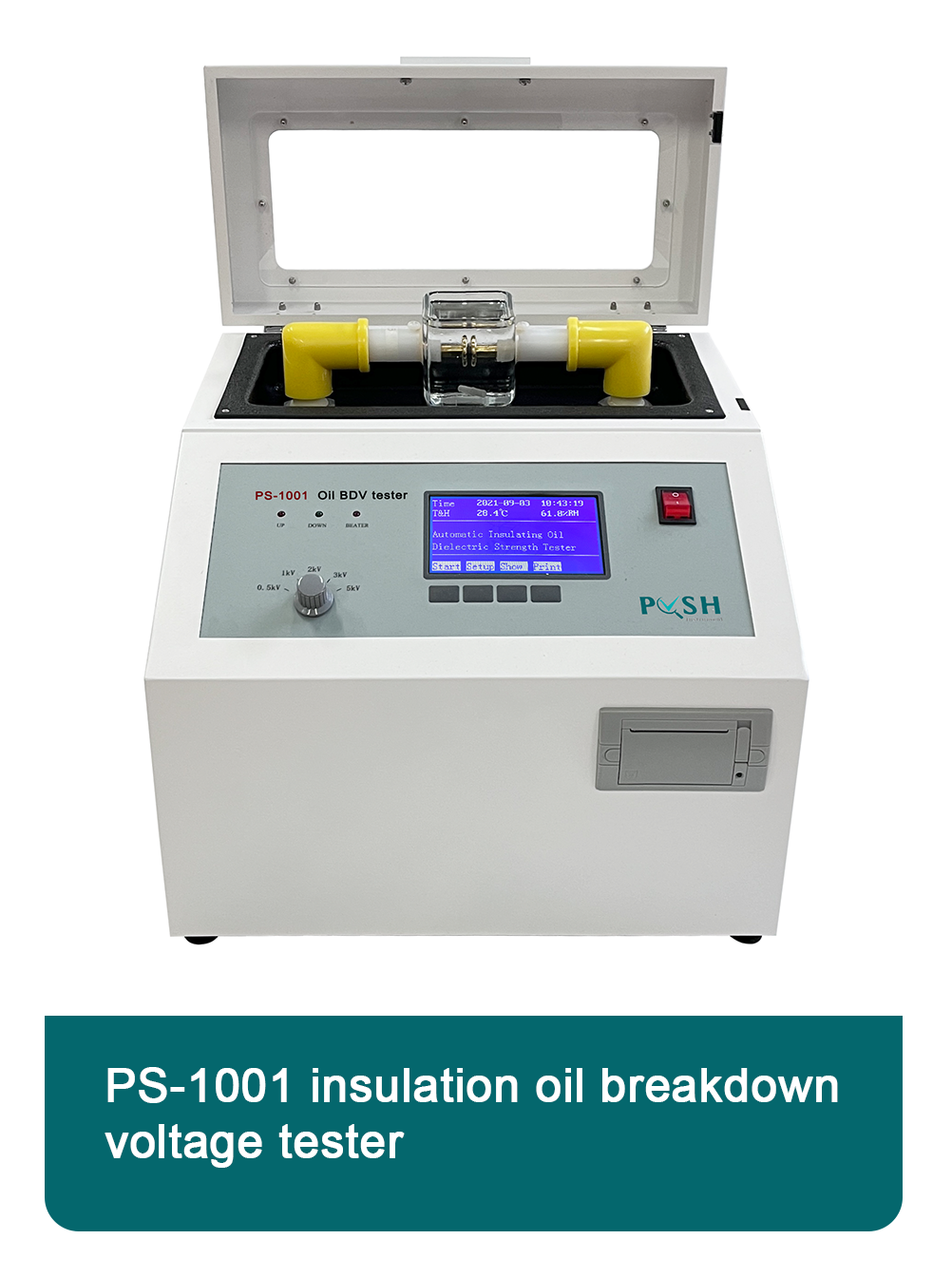 English
English



-
 Afrikaans
Afrikaans -
 Albanian
Albanian -
 Amharic
Amharic -
 Arabic
Arabic -
 Armenian
Armenian -
 Azerbaijani
Azerbaijani -
 Basque
Basque -
 Belarusian
Belarusian -
 Bengali
Bengali -
 Bosnian
Bosnian -
 Bulgarian
Bulgarian -
 Catalan
Catalan -
 Cebuano
Cebuano -
 China
China -
 China (Taiwan)
China (Taiwan) -
 Corsican
Corsican -
 Croatian
Croatian -
 Czech
Czech -
 Danish
Danish -
 Dutch
Dutch -
 English
English -
 Esperanto
Esperanto -
 Estonian
Estonian -
 Finnish
Finnish -
 French
French -
 Frisian
Frisian -
 Galician
Galician -
 Georgian
Georgian -
 German
German -
 Greek
Greek -
 Gujarati
Gujarati -
 Haitian Creole
Haitian Creole -
 hausa
hausa -
 hawaiian
hawaiian -
 Hebrew
Hebrew -
 Hindi
Hindi -
 Miao
Miao -
 Hungarian
Hungarian -
 Icelandic
Icelandic -
 igbo
igbo -
 Indonesian
Indonesian -
 irish
irish -
 Italian
Italian -
 Japanese
Japanese -
 Javanese
Javanese -
 Kannada
Kannada -
 kazakh
kazakh -
 Khmer
Khmer -
 Rwandese
Rwandese -
 Korean
Korean -
 Kurdish
Kurdish -
 Kyrgyz
Kyrgyz -
 Lao
Lao -
 Latin
Latin -
 Latvian
Latvian -
 Lithuanian
Lithuanian -
 Luxembourgish
Luxembourgish -
 Macedonian
Macedonian -
 Malgashi
Malgashi -
 Malay
Malay -
 Malayalam
Malayalam -
 Maltese
Maltese -
 Maori
Maori -
 Marathi
Marathi -
 Mongolian
Mongolian -
 Myanmar
Myanmar -
 Nepali
Nepali -
 Norwegian
Norwegian -
 Norwegian
Norwegian -
 Occitan
Occitan -
 Pashto
Pashto -
 Persian
Persian -
 Polish
Polish -
 Portuguese
Portuguese -
 Punjabi
Punjabi -
 Romanian
Romanian -
 Russian
Russian -
 Samoan
Samoan -
 Scottish Gaelic
Scottish Gaelic -
 Serbian
Serbian -
 Sesotho
Sesotho -
 Shona
Shona -
 Sindhi
Sindhi -
 Sinhala
Sinhala -
 Slovak
Slovak -
 Slovenian
Slovenian -
 Somali
Somali -
 Spanish
Spanish -
 Sundanese
Sundanese -
 Swahili
Swahili -
 Swedish
Swedish -
 Tagalog
Tagalog -
 Tajik
Tajik -
 Tamil
Tamil -
 Tatar
Tatar -
 Telugu
Telugu -
 Thai
Thai -
 Turkish
Turkish -
 Turkmen
Turkmen -
 Ukrainian
Ukrainian -
 Urdu
Urdu -
 Uighur
Uighur -
 Uzbek
Uzbek -
 Vietnamese
Vietnamese -
 Welsh
Welsh -
 Bantu
Bantu -
 Yiddish
Yiddish -
 Yoruba
Yoruba -
 Zulu
Zulu
list the transformer tests
The Importance of Listing Transformer Tests in Modern Machine Learning
In the rapidly evolving landscape of machine learning and artificial intelligence, transformers have emerged as a revolutionary architecture, particularly for natural language processing (NLP) tasks. As these models have proliferated, so has the need for rigorous testing to ensure their reliability, efficacy, and safety. A comprehensive approach to transformer testing involves categorizing various aspects into a systematic list of tests that can adequately evaluate the model's performance and robustness.
Understanding Transformers
Transformers, introduced in the paper Attention is All You Need by Vaswani et al. in 2017, leverage a mechanism known as self-attention. This allows the model to weigh the significance of different words in a sentence, enabling it to capture long-range dependencies effectively. The architecture's versatility has led to its adoption in various applications, ranging from translation and sentiment analysis to image processing and beyond.
The Need for Testing
With the growing use of transformer models, it becomes increasingly crucial to assess their behavior in different scenarios. The risks associated with deploying poorly tested models can range from inaccurate outputs to severe ethical implications, including biases and misinformation. Therefore, a structured list of transformer tests is essential for identifying weaknesses and improving the model’s capabilities.
Key Categories of Transformer Tests
list the transformer tests

1. Performance Tests - Accuracy Evaluation This involves assessing the model's outputs against a known benchmark. It’s important to measure how well a transformer performs on tasks like classification or translation and to compute metrics such as precision, recall, and F1-score. - Speed and Scalability Measuring how quickly the model can process input and produce outputs is vital, especially for applications requiring real-time responses. Scalability tests examine how well the model handles increasing amounts of data.
2. Robustness Tests - Adversarial Testing Transformer models can be vulnerable to adversarial attacks. By introducing subtle changes to the input data, it's essential to evaluate whether the model can maintain its performance. - Noise Resilience Testing how the model reacts to noisy or incomplete data helps verify its robustness in real-world scenarios.
3. Bias and Fairness Tests - Ethical Implications One of the significant challenges with transformer models is bias. It’s crucial to test the model for fairness, assessing whether its predictions are equitable across different demographics and contexts. - Dataset Analysis Reviewing the training dataset for inherent biases can provide insights into potential outputs and guide improvements in data curation.
4. Generalization Tests - Cross-Domain Performance Evaluating how well a transformer model generalizes knowledge from one domain to another is paramount. This includes testing its adaptability when applied to out-of-distribution data. - Transfer Learning Conducting tests to see how well pre-trained models perform on new tasks helps understand their versatility and effectiveness.
5. Explainability Tests - Interpretability One of the criticisms of deep learning models, including transformers, is their black box nature. Testing for explainability examines how transparently the model can show the reasoning behind its predictions, which is crucial for user trust and debugging.
Conclusion
In conclusion, the landscape of transformer testing is diverse and vital for the responsible advancement of AI technologies. By creating a comprehensive list of these critical tests—performance, robustness, bias and fairness, generalization, and explainability—researchers and practitioners can better ensure that transformer models not only perform well under ideal conditions but also behave ethically and reliably in real-world applications. As we continue to innovate and expand the capabilities of transformers, the commitment to rigorous testing will play an essential role in harnessing their potential safely and effectively.
-
Ensuring Transformer Reliability with High-Precision Turns Ratio TestingNewsJul.18,2025
-
Ensuring SF₆ Gas Safety: Introducing PUSH’s Integrated SF₆ Analyzer for Dew Point, Purity, and Decomposition MonitoringNewsJul.10,2025
-
Exploring the Main Types of Industrial Endoscopes and Their Applications Across IndustriesNewsJul.04,2025
-
Testing Equipment Industry Sees Major Advancements in 2025: Smart & Precision Technologies Lead the WayNewsJun.06,2025
-
Applications of Direct Current Generators in Renewable Energy SystemsNewsJun.05,2025
-
Hipot Tester Calibration and Accuracy GuidelinesNewsJun.05,2025



